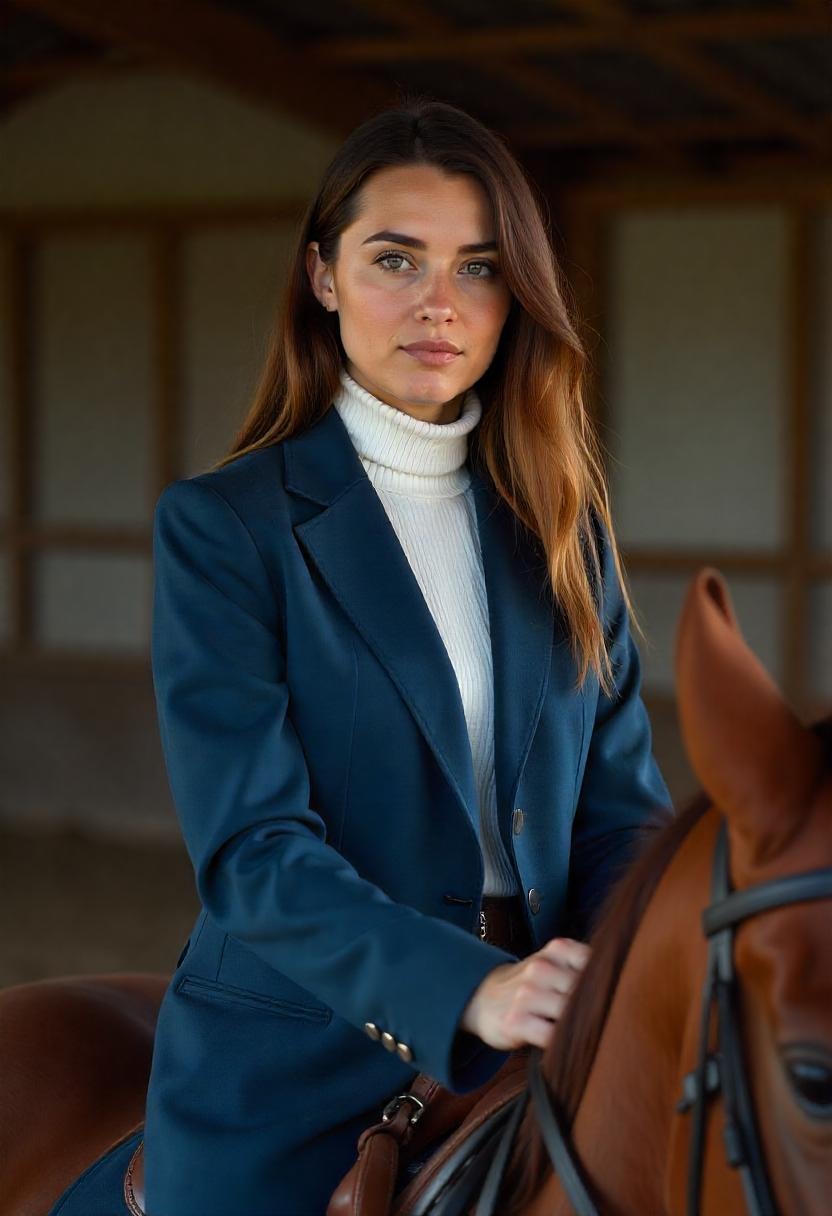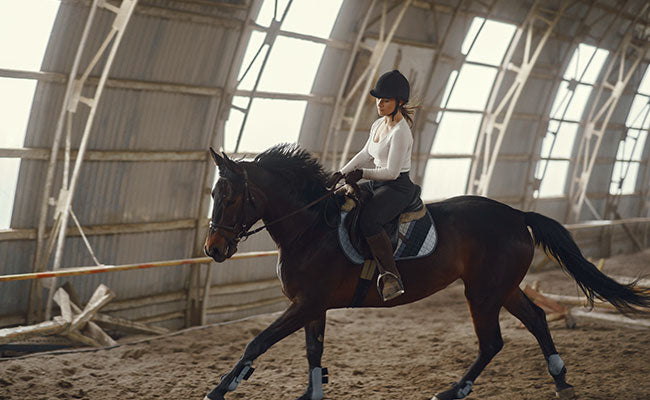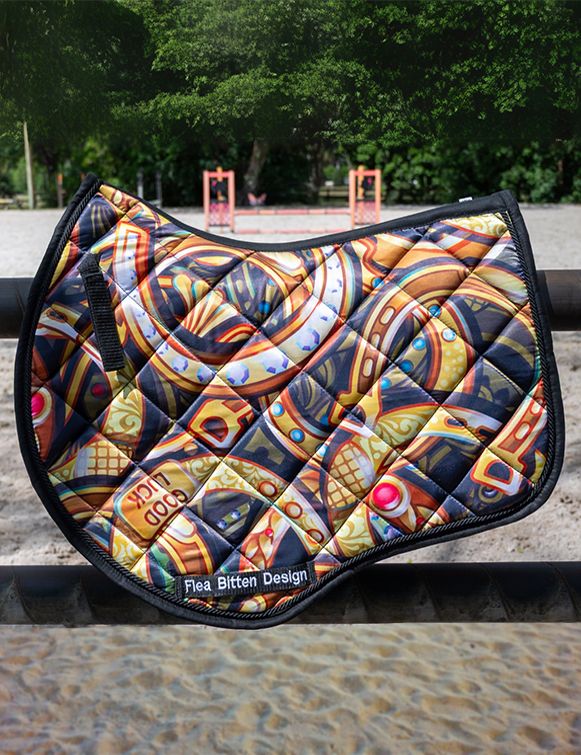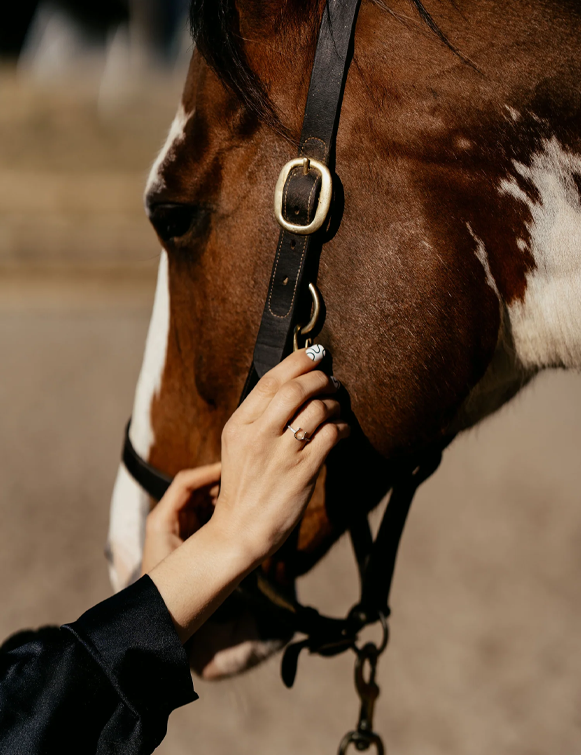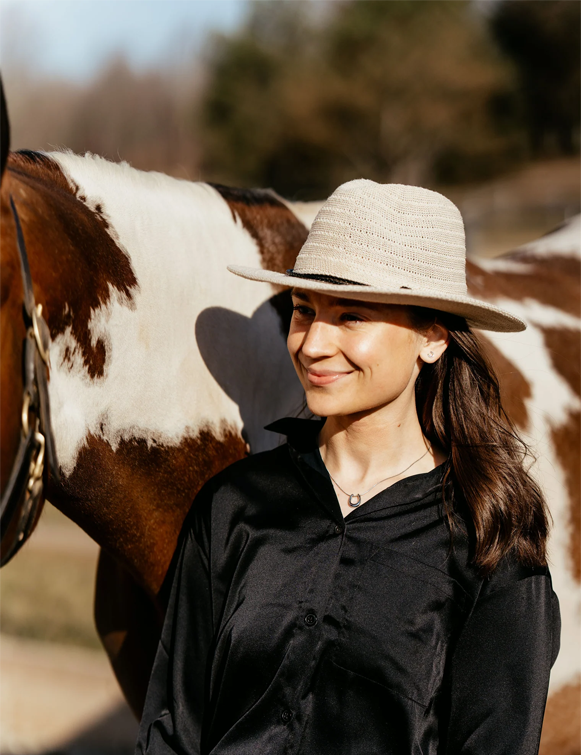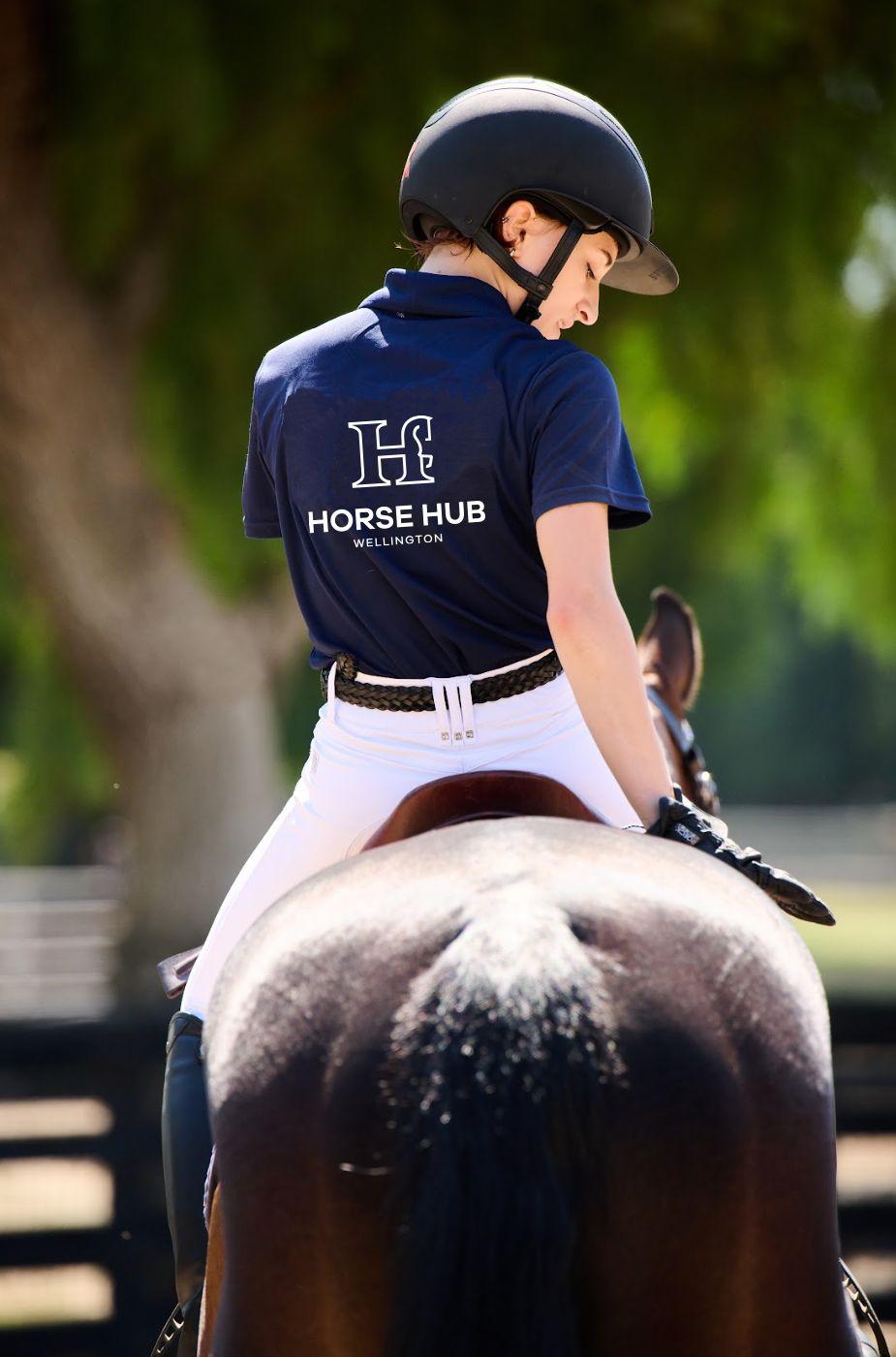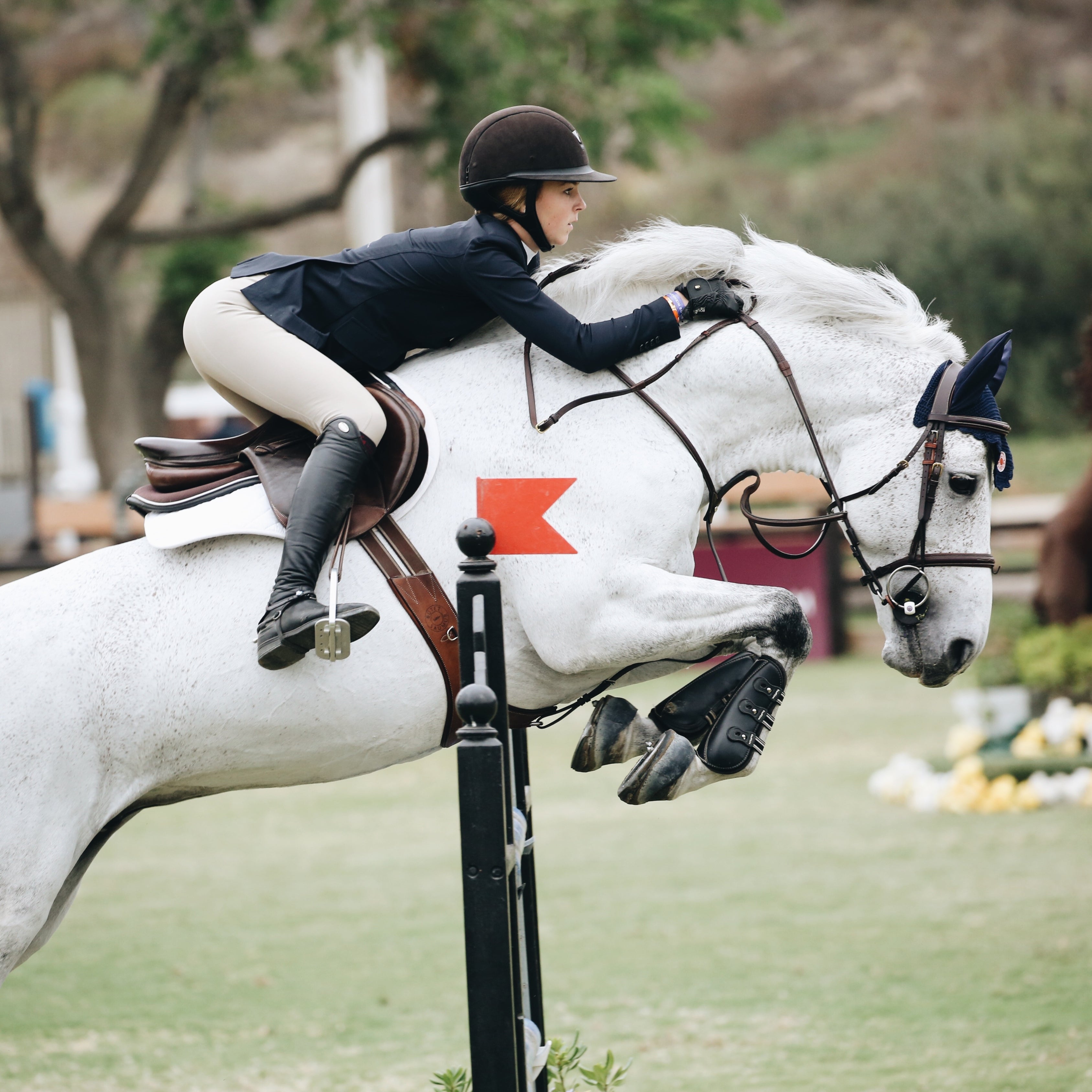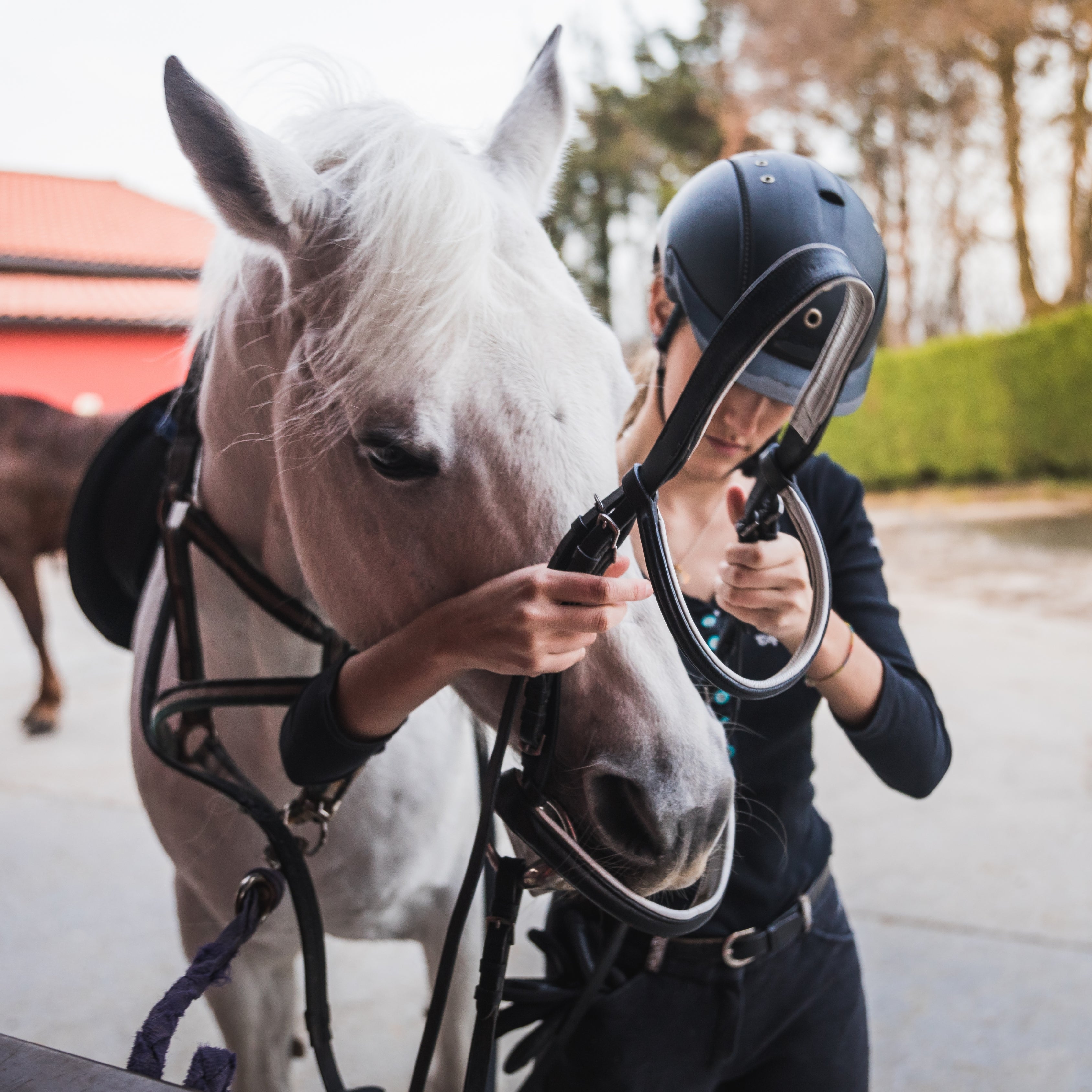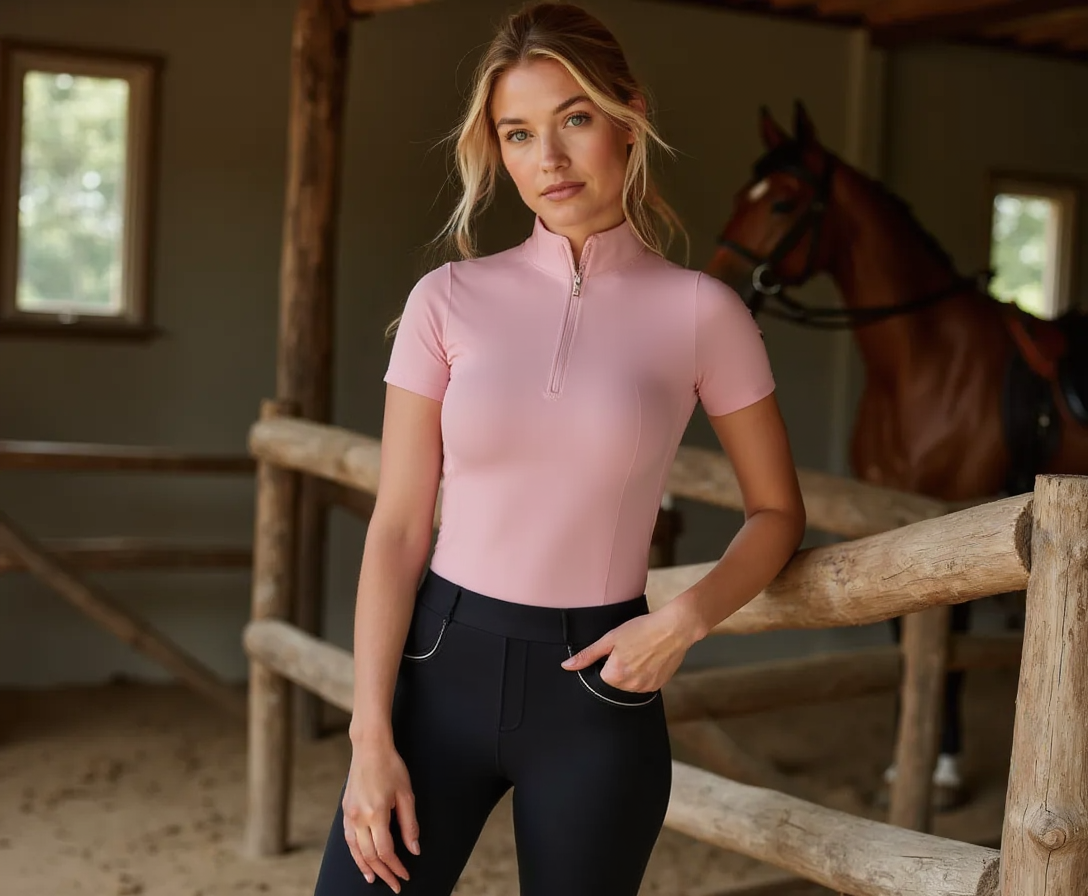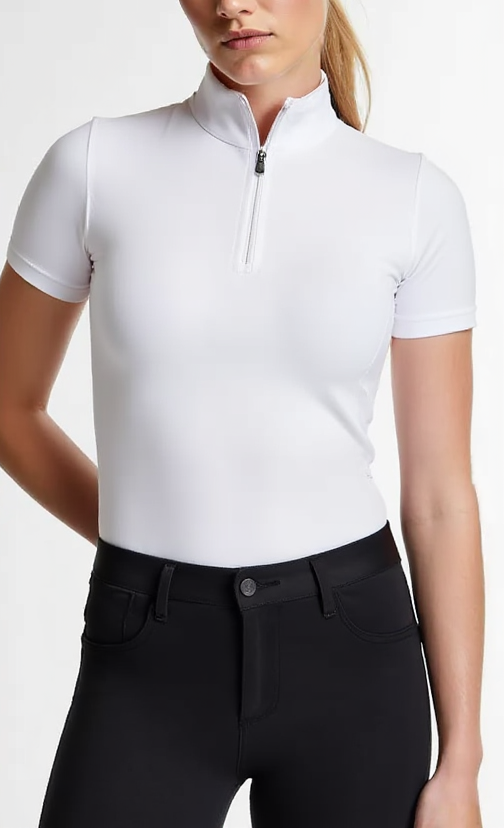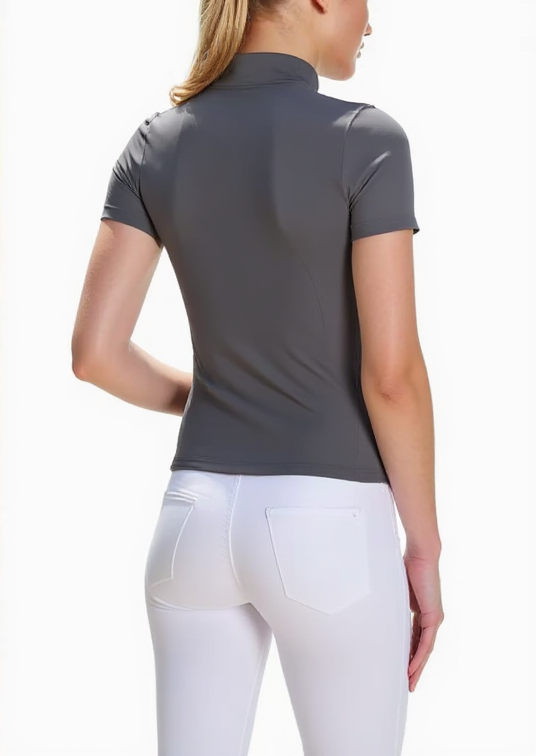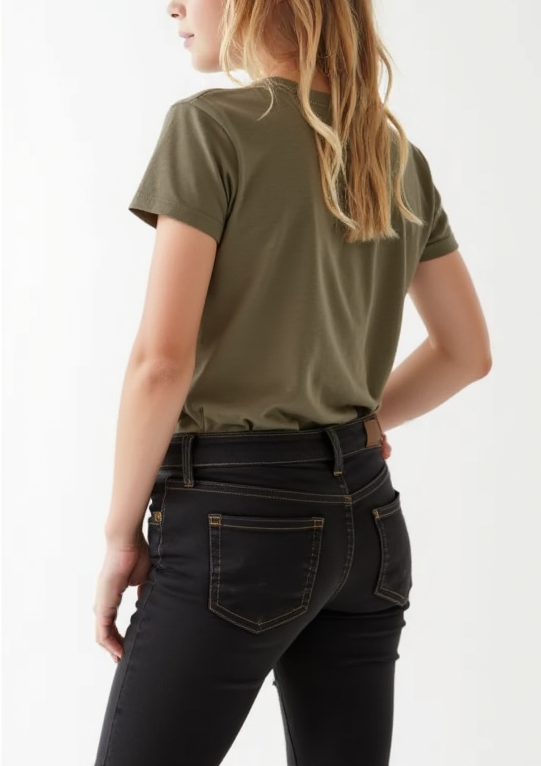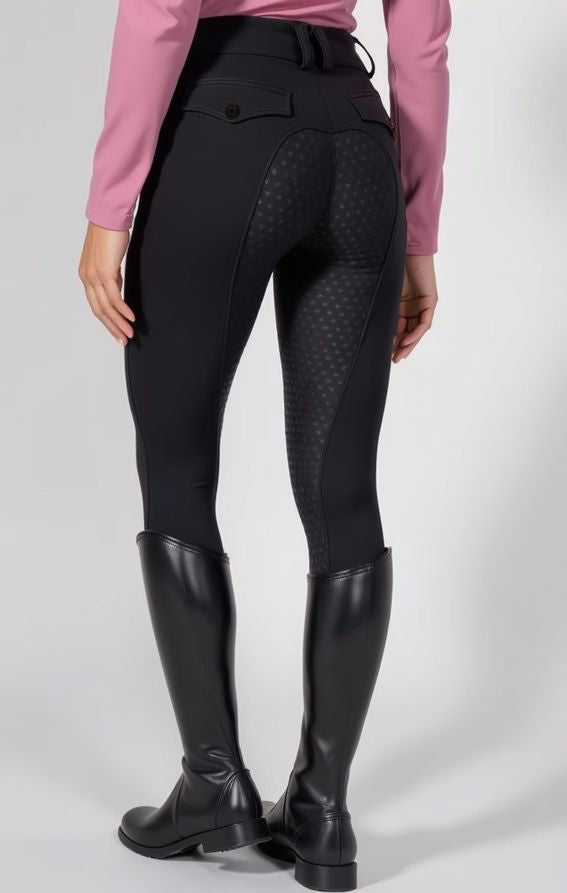
Hunter vs. Jumper Attire Explained
Equestrian disciplines come with specific attire requirements designed to uphold the traditions, functionality, and professionalism of the sport. Among the various riding disciplines, hunter and jumper riders have distinct dress codes that reflect the values and purpose of their respective competitions. These differences go beyond aesthetics—each discipline has a unique history and judging criteria that influence how riders present themselves in the ring.
While both hunters and jumpers compete in jumping-based events, their attire serves different purposes. Hunter riders follow a classic, elegant, and traditional dress code that emphasizes polish, subtlety, and refinement. Judges in hunter classes evaluate not only the horse’s movement and performance over fences but also the overall turnout of both horse and rider, making neatness and understated sophistication essential.
On the other hand, jumper riders prioritize function, comfort, and performance in their attire. Because show jumping is a fast-paced and technical discipline where time and precision are the key factors, riders need athletic, flexible, and breathable clothing that allows them to move freely. Unlike hunters, jumper riders are not judged on their appearance but rather on their ability to complete the course with speed and accuracy, which is why modern fabrics, bold colors, and sportier designs are commonly seen in jumper competitions.
Understanding the differences between hunter and jumper attire is crucial for riders who are preparing to compete in either discipline. Wearing the correct attire ensures compliance with competition rules, creates a professional and polished presentation, and helps riders feel comfortable and confident in the ring. Whether you’re aiming for the traditional elegance of the hunter ring or the high-energy precision of the jumper arena, having the right clothing and tack will set you up for success.
Hunter Attire: Timeless Tradition & Elegance
Hunter competitions focus on style, precision, and overall presentation, meaning riders must wear polished and conservative attire. Judges assess both riding performance and appearance, so hunter attire should be neat, understated, and well-fitted.
-
Hunter show coats are dark and conservative, often in colors like navy, black, dark green, or brown. Traditionally, these coats are made from wool or wool-blend materials, though modern, breathable fabrics are becoming more common. The fit should be tailored, with a buttoned-up front for a clean and elegant look.
-
Show shirts in hunter classes are typically white or light-colored with a high collar. Some shirts have subtle patterns or colored linings, but these details should remain hidden under the coat when buttoned. Button-up or zip-front styles are both acceptable.
-
Breeches should be beige or tan, as bold colors or patterns are not permitted. They must be well-fitted and provide a professional and polished appearance.
-
Tall boots are required and must be black field boots with laces at the ankle. Dress boots, which do not have laces, are allowed but are less common in hunter classes. Boots should be polished and properly fitted.
-
Helmets in hunter classes must be ASTM/SEI-approved and dark in color, typically black or navy. The helmet should have a matte finish without any visible embellishments, ensuring a traditional and understated look.
-
Gloves must be black or dark brown to maintain a professional appearance. Riders should wear minimal or no jewelry, with simple stud earrings being the only acceptable option. Hair should always be neatly tucked into a hairnet for a polished and traditional presentation.
-
Saddle pads should be white fleece for a classic, understated look. Tack should be made of brown leather with simple designs, and bridles should have a plain or stitched noseband without excessive embellishments.
The goal of hunter attire is to reflect tradition, harmony, and elegance while ensuring that the judge’s focus remains on the horse’s movement and performance.

Jumper Attire: Function & Performance
Jumper competitions focus on speed, accuracy, and efficiency, meaning riders have more flexibility in their attire. The emphasis is on performance and comfort, allowing for modern fabrics, bold colors, and a sportier overall look.
-
Jumper show coats are more flexible in both fabric and color. Riders can wear lightweight, fitted coats made from breathable, stretchable materials. While dark colors like navy, black, and gray are common, bolder shades such as burgundy and green are also acceptable. Many riders choose soft-shell jackets for comfort and ease of movement.
-
Show shirts must have a collar and be competition-appropriate, but the color and style options are much more varied than in hunter classes. While white and light-colored shirts remain traditional, riders may opt for shirts with fun patterns or colored accents, as long as they are neatly tucked in. Some competitions even allow short sleeves in warm weather.
-
Breeches offer more variety in jumper classes. While beige is still common, white, gray, and other light colors are also acceptable. Many riders prefer breeches made from technical, breathable fabrics with silicone grip panels for better security in the saddle.
-
Tall boots in jumpers can be black or brown, with more modern design elements such as stretch panels and extra grip. Field boots and dress boots are both allowed, with many riders opting for more customized, comfortable options that enhance mobility.
-
Helmets must be ASTM/SEI-approved, but unlike in hunters, jumper riders have more freedom in terms of design. Matte, glossy, and subtly customized helmets with metallic piping or small rhinestone accents are common. Ventilation and lightweight materials are prioritized to keep riders cool during fast-paced rounds.
-
Gloves can be black, brown, or even colorful, depending on the rider’s preference. Unlike in hunter classes, riders have more flexibility with accessories, and hair may be neatly styled in a low ponytail or tucked into a hairnet, but a traditional hunter-style bun is not required.
-
Saddle pads in jumper classes allow for more creativity. While white is still popular, colored pads with contrasting piping or custom embroidery are frequently seen. Tack is often sportier, with figure-eight nosebands or flash nosebands being more common. Stirrup designs, bit choices, and tack materials may also incorporate more modern and performance-enhancing elements.
Jumper attire is about practicality, performance, and personal style. Riders can showcase their individuality while ensuring maximum comfort and efficiency in the ring.
Which Attire is Right for You?
If you are competing in a hunter class, your attire should reflect tradition, elegance, and subtlety. Stick to dark-colored jackets, beige breeches, and simple, well-polished tack to maintain the classic hunter aesthetic.
If you are competing in jumpers, you have more freedom to experiment with modern fabrics, bold colors, and performance-driven gear. Focus on breathability, flexibility, and ease of movement to help you navigate quick turns and challenging courses with confidence.
Wearing the correct attire not only ensures compliance with competition rules but also helps you look and feel your best in the ring. Understanding these key differences allows you to confidently select the right show outfit for your discipline and be fully prepared for success.
